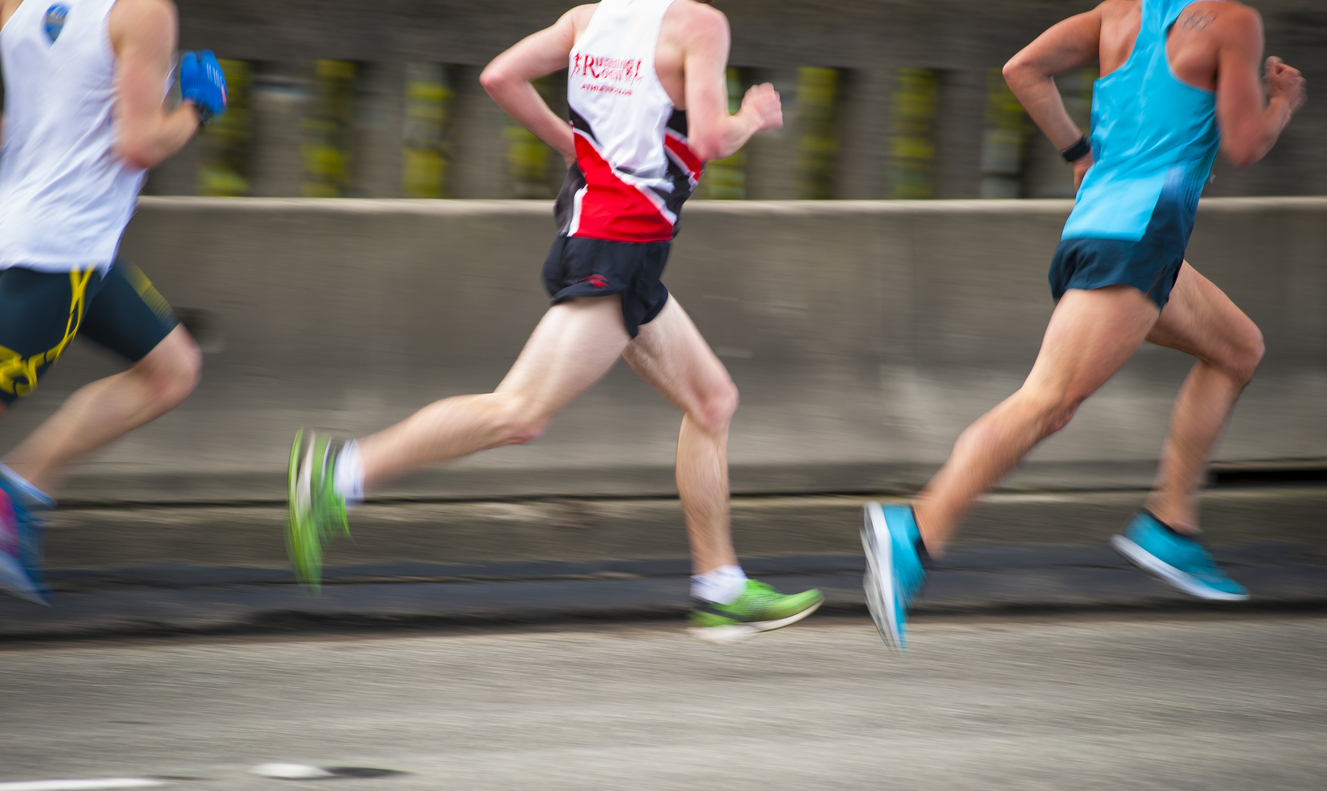
With summer becoming a distant memory, many of us will be facing the decision whether to brave the pavement on these colder darker days. What’s more, a summer full of cocktails, BBQs and beer gardens may have left us a little out of practice.
With a host of 10km runs coming to the UK this Autumn, including the all new adidas City Runs series, James Heptonstall, adidas Runners captain, tells us how we can kickstart our September 10K training and provides his top tips for working towards race day.
The distance
How long is a 10k in miles?
Running 10km is the equivalent of running just over 6 miles (6.2 miles to be exact). That would be 25 laps of an athletics track. What makes this distance so great is it is achievable by all, no matter what your fitness ability is.
How long will I need to train for before I’m able to take part?
What makes the 10km distance so great is that it’s achievable for all abilities of running. If you are generally fit and active you will be able to run 10km without any training; you might not necessary get the best time but you’ll certainly get round.
However, if you’re looking to get a decent time, running-specific training is a must to chip away at that clock and push yourself to the upper limit of your own ability. If your current state of fitness is pretty low and you are new to running then a 10km distance would be a big ask with no training. If this is the case then you could look at a structured two-month training plan to get you up and running the full 10,000m.
What is the best type of training to do when preparing for this distance?
When training for a 10k, variety in the type of training you do is key. It’s not just about getting out and running; you should be mixing up your training with intervals, tempo’s, fartlek and hills as well as the steady run. It is also important to listen to your body and not do too much, rest and recovery is a critical element in all training schedules.
Training tips
How do I improve my 10k running time?
If you’re looking to improve your 10k running time, a key piece of advice is to actually run with someone of a similar ability, be it a friend or in a group at a run club. By training with others, you will push yourself much harder and work off other people to get more out of your training. Running is a mental game as well as physical so if you have others around you to support and encourage, it can make the world of difference to your training.
Are there any other activities that will improve my running ability for this race?
When training for a 10km run, there are plenty of other exercises that you should consider to compliment your running training. Working on your core stability as well as your strength and conditioning – in particular for your legs – provides a great base for an effective and efficient technique as well as helping with injury prevention. In conjunction to this, flexibility through stretching, yoga or Pilates are also excellent for injury prevention and range of movement as a runner.
Are there any clubs in London that can support me with my training?
Training as a group can sometimes make fitness in general more enjoyable. adidas Runners London provides free structured training that is perfect for 10km runners. Sessions are one hour long and focus on intervals, fartlek (speed play), hills and recovery activities such as yoga, all of which is aimed at making you a better runner. Check out adidas Runners London for more details.
Buying advice
What type of footwear should I be wearing for a 10k?
Wearing shoes that you are comfortable in and have used in your training is key when preparing for a 10km race. It is always worth heading to a mainstream running shop that offers Gait Analysis, so you know whether you pronate, supinate or are a neutral runner. This will help when deciding the type of shoe you wear.
Your choice of footwear should reflect this and provide stability where it is needed. In terms of cushioning, I would recommend either a lightweight racer such as adidas’ adizero adios or you may prefer a more cushioned shoe such as the adidas UltraBoost. This will come down to personal preference, but comfort and fit is key.
What top nutrition tips do I need to take on board?
Pre-race and post-race nutrition is an essential part when preparing for a run of any distance. For a 10km run you will likely only need to take on water during the race, depending on the weather conditions. Beforehand I would focus on slow release carbohydrates such as brown bread, porridge or brown rice to provide sustained energy release. Afterwards I look to fast release carbohydrates such as white pasta or jacket potato, to replenish depleted energy stores.
Key points
Are there any top race-day tips that might help me?
Yes! Here are some a few pieces of advice for the big day…
- Don’t change anything… be it your diet, shoes or kit. You shouldn’t introduce something new on race day.
- Arrive at the race with plenty of time to spare so you can warm up, go to the loo and drop your bag off.
- Use a watch so you can keep track of your pace over the km splits
- Stay hydrated before, during and after.
- Don’t forget to stretch and cool down after the race.
- And most importantly…. enjoy it!





